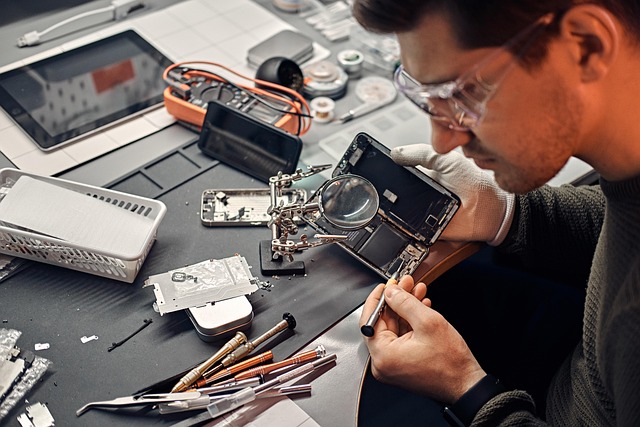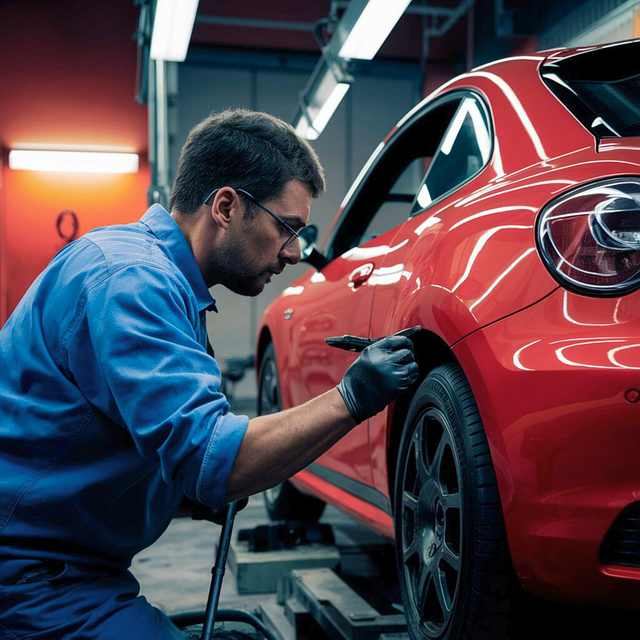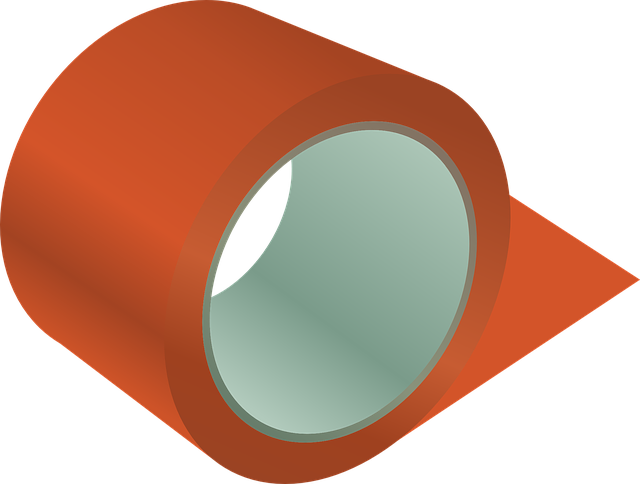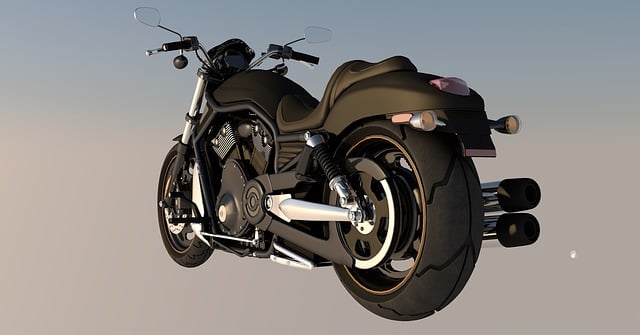Unraveling Vehicle Frame Restoration Costs: A Comprehensive Guide
Vehicle frame restoration costs vary based on damage severity, car age/make/model, and required part…….
Vehicle frame restoration is an art and science that involves the meticulous process of repairing, rebuilding, and rejuvenating the structural framework of a vehicle. This specialized craft combines historical precision with modern techniques, ensuring that vintage or classic cars return to their former glory while also meeting contemporary safety standards. As automotive enthusiasts and conservators strive to preserve the rich history of motoring, frame restoration has emerged as a critical component in maintaining the legacy of iconic vehicles. This article aims to delve into every facet of vehicle frame restoration, exploring its historical roots, global impact, economic implications, technological innovations, regulatory landscape, challenges, and future prospects.
Vehicle frame restoration refers to the comprehensive rehabilitation of a car’s chassis or frame, which serves as the backbone of the vehicle. The process encompasses various critical components:
Chassis Assembly: This involves the reconstruction of the frame’s individual sections, ensuring proper alignment and structural integrity. It includes joining the frameshaft, crossmembers, and body mounts.
Welding and Metalwork: Skilled welders use specialized techniques to repair or replace damaged or corroded parts. This may include spot welding, TIG (tungsten inert gas) welding, or traditional arc welding, depending on the restoration’s scope.
Safety and Compliance: Restoring a vehicle frame requires adherence to modern safety regulations. This involves installing updated safety features, ensuring structural compliance with current standards, and modifying components as necessary to meet legal requirements.
Finishing and Coating: After assembly and welding, the restored frame is prepared for painting or coating. This step ensures corrosion resistance and aesthetic appeal.
The art of vehicle frame restoration traces back to the early days of automotive manufacturing, when vehicles were handcrafted with meticulous attention to detail. As cars evolved from simple mechanical marvels to complex engineering feats, so did the need for specialized restoration techniques. Over time, frame restoration has become a crucial aspect of preserving automotive history and heritage:
Vintage Car Enthusiasm: Many car enthusiasts appreciate the beauty and character of classic vehicles. Frame restoration allows them to acquire these timeless cars, ensuring their longevity and appreciation as historical artifacts.
Safety and Standardization: Modern safety standards have significantly evolved since the early automotive era. Restoring a frame involves incorporating these advancements while preserving the vehicle’s original integrity.
Cultural Preservation: Automotive history is an integral part of cultural heritage in many countries. Frame restoration contributes to keeping this legacy alive, allowing future generations to appreciate and experience vehicles from different eras.
Vehicle frame restoration has a profound global impact, with enthusiasts and professionals across the world embracing this craft:
North America: The United States and Canada have a rich history of classic car ownership and restoration. Organizations like the National Hot Rod Association (NHRA) and various classic car clubs foster a culture of meticulous restoration practices.
Europe: Countries like Germany, the UK, and Italy have a deep automotive heritage, with regions like the Black Forest in Germany known for their traditional restoration techniques. European restorers often emphasize precision and historical accuracy.
Asia: Japan and South Korea have seen a surge in vintage car restoration, driven by a growing appreciation for classic Japanese cars and the country’s rich automotive history.
Several trends are influencing the global vehicle frame restoration market:
| Trend | Description |
|---|---|
| Vintage Car Popularity | The resurgence of interest in classic cars has fueled demand for restoration services, particularly for iconic models from the 1950s and 1960s. |
| Customization and Personalization | Modern restorers often work on unique, custom-built vehicles, allowing owners to create one-of-a-kind automotive masterpieces. |
| Technological Integration | Advanced welding robots, computer-aided design (CAD), and 3D printing are being adopted to enhance precision and efficiency in restoration processes. |
| Sustainability Focus | Some restorers are emphasizing eco-friendly practices, using recycled materials and environmentally conscious finishing techniques. |
The vehicle frame restoration market is a niche segment within the broader automotive industry, characterized by:
Specialized Services: Restoration shops offer specialized services, catering to specific vehicle types or eras. This specialization allows restorers to develop expertise in certain brands or models.
Global Reach: With the rise of international shipping and online marketplaces, classic car owners worldwide can access restoration services, creating a global demand for skilled restorers.
Pricing Variability: Restoration costs vary widely based on factors like vehicle age, condition, desired level of restoration, and regional labor rates.
Restoring a vehicle frame can be a lucrative investment opportunity:
Value Appreciation: Classic cars with meticulous frame restorations often command premium prices at auctions and car shows, providing significant financial returns for investors.
Collectibility: Restored vehicles can become highly collectible items, especially those associated with important racing events or historical milestones.
Resale Market: A thriving secondary market exists for restored classic cars, allowing investors to sell their projects at a profit.
Technological advancements have revolutionized vehicle frame restoration:
Computer-Aided Design (CAD): CAD software enables restorers to create detailed digital models of vehicles, facilitating precise measurements and design modifications. This technology streamlines the planning process and improves overall accuracy.
Robotic Welding: Robotic arms equipped with advanced welding tools offer unparalleled precision and consistency in weld quality. They can handle complex geometries and narrow spaces, making them ideal for intricate restoration work.
3D Printing and Additive Manufacturing: 3D printing allows restorers to create custom parts, such as panels or brackets, from digital designs. This technology is particularly useful for rare or hard-to-find components.
These technological innovations have significantly impacted the restoration landscape:
Efficiency and Precision: Advanced tools and software reduce labor hours and improve overall restoration quality. Robotic welding, for instance, can complete complex weld patterns in a fraction of the time it would take a human welder.
Customizability: Technology enables restorers to create unique, customized vehicles, pushing the boundaries of traditional restoration practices.
Preservation of Historical Accuracy: Digital documentation and modeling ensure that restoration projects remain faithful to their historical counterparts, preserving automotive heritage.
Vehicle frame restoration is subject to various policies and regulations, which vary by region:
Safety Standards: All restored vehicles must meet stringent safety regulations, including crash testing and emissions compliance. Restorers must ensure that the modified frame complies with current standards.
Environmental Regulations: Some regions have specific environmental standards for vehicle restoration, focusing on waste management, pollution control, and the use of eco-friendly materials.
Customs and Import Regulations: International shipping of classic cars involves customs duties, import taxes, and documentation requirements, which restorers must navigate to ensure legal compliance.
Regulatory frameworks shape restoration practices in several ways:
Compliance and Safety: Restorers must stay updated with changing regulations to ensure their work complies with legal standards, adding a layer of complexity to the restoration process.
Documentation and Record-Keeping: Detailed records are essential to prove historical authenticity and compliance during future inspections or sales transactions.
Standardization vs. Customization: Regulations can either restrict customization or encourage it, depending on local preferences and interpretations of heritage preservation.
Vehicle frame restoration faces several challenges that restorers must address:
Obtaining Original Parts: Sourcing genuine, period-correct parts can be difficult for rare or vintage vehicles, leading to the use of modern alternatives or custom fabrication.
Maintaining Historical Accuracy: Restorers must strike a balance between restoring a vehicle’s original state and incorporating necessary safety upgrades, which may alter its historical integrity.
Labor Shortages: Skilled restorers are in high demand, creating labor shortages and driving up costs for restoration projects.
To overcome these challenges:
Part Reproduction and Collaboration: Restorers can collaborate with specialty manufacturers to reproduce hard-to-find parts or share knowledge and resources to develop custom solutions.
Historical Documentation and Research: Comprehensive documentation of restoration processes, including photography and detailed records, ensures authenticity and aids in future preservation efforts.
Training and Education: Establishing training programs and workshops can address labor shortages by cultivating a new generation of skilled restorers.
A team of restorers in Italy embarked on a project to revive a 1960s sports car, aiming to return it to its former glory while enhancing its safety features. The process involved:
Frame Preparation: The frame was thoroughly inspected and repaired, with corroded sections replaced using traditional welding techniques.
Safety Upgrades: Modern safety cages and structural reinforcement were incorporated to meet contemporary crash test standards.
Finishing Touches: After assembly, the car underwent a meticulous paint job, replicating its original color scheme.
The restored vehicle not only won several awards at international car shows but also set a new benchmark for classic sports car restoration, showcasing the fusion of historical precision and modern safety requirements.
A restoration shop in Japan took on the challenge of restoring a vintage racing car used in the 1970s Japanese Grand Prix. The project aimed to preserve its historic significance while improving drivability:
Frame Analysis: The frame was extensively analyzed using advanced imaging techniques to identify stress points and structural weaknesses.
Precision Welding: Robotic welding was employed to recreate the original design with meticulous precision, ensuring structural integrity.
Drivetrain Upgrades: While maintaining historical accuracy, modern suspension and drivetrain components were installed for improved performance and handling.
This case study exemplifies how frame restoration can blend historical preservation with technological advancements, resulting in a vehicle that pays homage to its past while offering enhanced driving dynamics.
The future of vehicle frame restoration is filled with promising trends:
Virtual Reality (VR) and Augmented Reality (AR): VR and AR technologies will revolutionize restoration planning, allowing restorers to visualize and simulate restoration designs before actual work begins.
Sustainable Restoration: There will be a growing emphasis on eco-friendly restoration practices, including the use of recycled materials and sustainable finishing techniques.
Global Collaboration: The internet fosters global connections among restorers, enabling knowledge sharing and collaboration across borders, leading to innovative restoration techniques.
Several sectors offer significant growth potential:
Custom Vehicle Manufacturing: The trend towards one-of-a-kind custom vehicles will drive demand for frame restoration services, as owners seek to preserve their unique creations.
Electric Vehicle (EV) Restoration: With the rise of electric cars, restorers will need to adapt their skills to address the specific needs of EV frames, including battery integration and lightweight materials.
Automotive Heritage Preservation: Governments and cultural organizations will continue to support automotive heritage preservation initiatives, creating opportunities for restorers to collaborate on significant historical projects.
Vehicle frame restoration is a testament to humanity’s ingenuity and our enduring fascination with the automobile. As we navigate the intersection of history and innovation, this craft ensures that iconic vehicles from the past continue to inspire and captivate future generations. By embracing technological advancements while preserving historical accuracy, restorers contribute to a vibrant automotive culture that bridges eras.
Q: How do I find a reputable vehicle frame restoration shop?
A: Research is key. Look for shops with positive customer reviews, extensive experience in your desired vehicle type, and a portfolio of successful projects. Ask for references and recommendations from fellow enthusiasts or automotive forums.
Q: What are the common costs associated with frame restoration?
A: Costs vary widely depending on the vehicle’s make, model, condition, and the scope of work. A basic restoration can range from $5000 to $10,000, while more complex projects for rare or iconic vehicles can exceed $50,000.
Q: Can I perform frame restoration on my classic car myself?
A: While some basic restoration tasks are achievable for enthusiasts, frame restoration is typically a specialized skill. The precision and expertise required make it advisable to seek professional help, especially for complex projects.
Q: How do restorers ensure historical accuracy during the restoration process?
A: Restorers rely on extensive research, historical documentation, and collaboration with automotive experts. They use original parts when available and carefully replicate or fabricate components based on detailed records and period-correct specifications.
Q: What are the environmental considerations in vehicle frame restoration?
A: Restorers should prioritize eco-friendly practices, such as using recycled materials, minimizing waste, and adopting sustainable finishing techniques. Some regions have specific regulations regarding the disposal of automotive chemicals and waste.

Vehicle frame restoration costs vary based on damage severity, car age/make/model, and required part…….

Vehicle frame restoration is vital for maintaining structural integrity after damage from collisions…….

Vehicle frame restoration is a critical art requiring skilled technicians with metalworking expertis…….

Vehicle frame restoration is a complex yet crucial process that transforms damaged cars into safe, r…….

A comprehensive assessment is crucial before vehicle frame restoration, where experienced technician…….

In vehicle frame restoration, skilled technicians begin with a thorough assessment using advanced to…….

A successful vehicle frame restoration begins with a comprehensive assessment to uncover structural…….